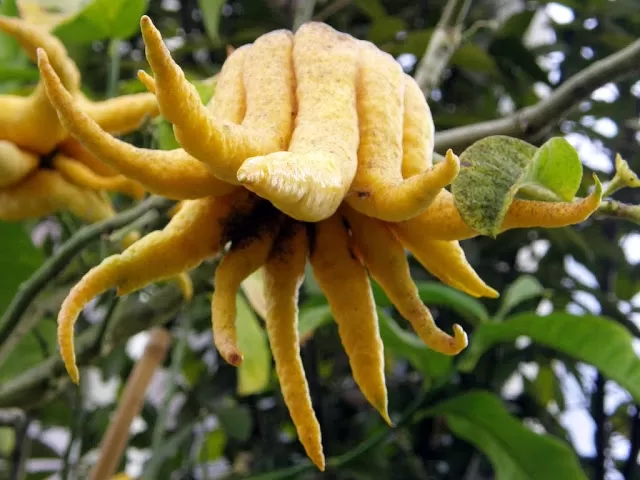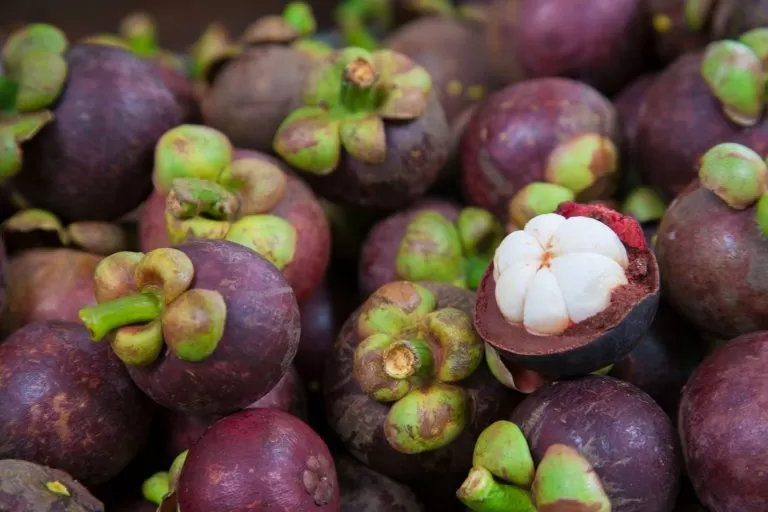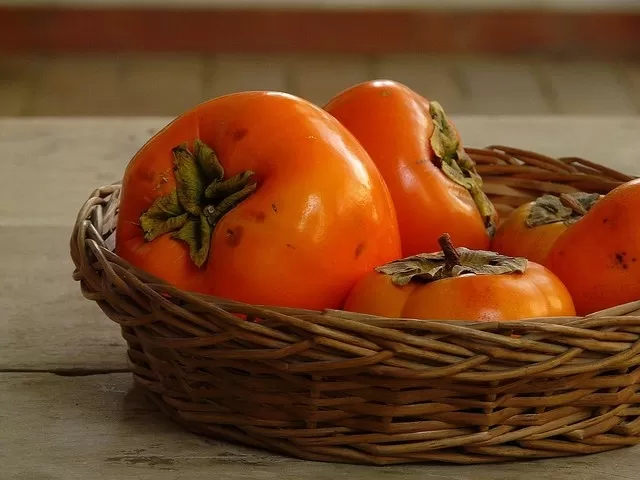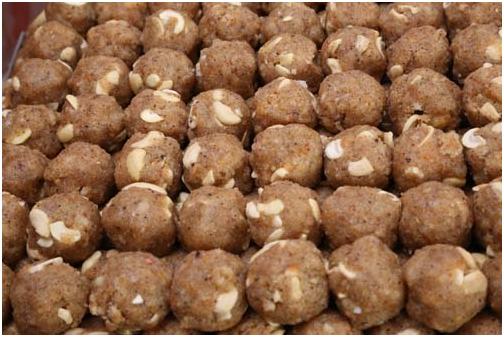When we travel to different places , we are always keen on trying local food
But did we ever try having fruits ?
Check this post to know more about them
1. Jungli Jalebi/Kodukkapuli (Camachile)
The spiralling green-pink pods of jungli jalebi (or kodukkapuli) contain about 6-10 shining black seeds enveloped in a thick sweet edible pulp. While the pulp can be eaten raw or made into a drink similar to lemonade, the tangy seeds are used in curries. It is due to the fruit’s resemblance to the Indian sweet jalebi that the plant has been given the name jungli jalebi or seemachintakai in Telugu
Grown in: Tamil Nadu, Kerala, Maharashtra, Karnataka, Andhra Pradesh and West Bengal

2. Carambol(Star fruit)
These days this fruit is gaining much popularity. It is now available in major super markets also.
Carambola is a fruit with a waxy skin and a green to golden yellow color. The ripe fruit has a distinctly yellow colour, with slightly brown ribs, and it makes a great preserve or pickle. Unripe ones are lime green, taste sour and are best eaten when sliced and sprinkled with a mixture of salt and chili powder. Grown in the months of September-October and January-February, India is one of the largest producers of this fruit.
Grown in: specially in South India

3. Buddha’s Hand (Fingered Citron)
A stunning fruit, Buddha’s hand looks like a lumpy lemon with elongated, yellow tentacles (that resemble gnarled human fingers) protruding from the base; hence, its name—Buddha’s hand. Buddha’s hand has a mild yet zesty flavour and is wonderfully aromatic—it is known to fill rooms with its fresh floral perfume. Believed to have originated in the lower Himalayas, botanists are unsure if it’s native to the region in India or China – some scholars believe that India’s migrating Buddhist monks carried the fruit with them to China in 400 AD.
Grown in: Northeastern India

4. Langsah/Lotah (Langsat)
A small, translucent, orb-shaped fruit, langsah is most often found in South India. They can be quite sour when unripe, but are perfectly sweet when ripe with a taste similar to a bittersweet grapefruit. Even though this fruit’s demand skyrockets when it is in season, its cultivation does not extend beyond a handful of regions in the south. These are also available in supermarkets these days.
Grown in: Throughout eastern and southern India (especially in the Nilgiri hills)

5. Mangustaan (Mangosteen)
A fragrant tropical fruit about the size of a small orange, mangustaan’s leathery purple-maroon shell surrounds a moist, snow-white and sweet fleshy interior. Though it is the national fruit of Thailand, it is believed that the trees of this fruit used to flourish in southern India throughout the 18th century. Mellow and earthy, mangustaan is similar to mango in taste and is completely ripe only when its woody, leathery purple rind yields to the touch.
Grown in: The Nilgiri hills, the southern districts of Tirunelvely and Kanyakumari in Tamil Nadu, and Kerala.

6. Japani Phal (Persimmon)
A temperate fruit, Japani phal is the local Himachal name of the exotic, deep orange-red-coloured and luscious persimmon. Strikingly similar in appearance to a tomato, a completely ripe japani phal is soft, sweet and tasty. The fruit, which is a native of China, spread to Korea and Japan and was initially introduced in India by European settlers in the early 20th century.
Grown in: Himachal Pradesh, Jammu and Kashmir, Uttarakhand and Nilgiri Hills..

7. Ambarella (Indian Hog Plum)
Also called wild mango, a ripe ambarellahas the puckering acidity of an unripe mango and the gentle sweetness of pineapple. Ambarellas can be enjoyed in every imaginable form: as a juice, as a pickle, as flavouring in fruity cocktails, and as simple slices, sprinkled with salt and red chilli powder.
Grown in: Tamil Nadu, Kerala, Karnataka, Maharashtra, and Goa.

8. Chalta (Elephant Apple)
One of the favorite fruits of wild elephants, chalta thrives in the wet soil and humid atmosphere of swamps and semi-tropical forests. The knobby grapefruit-sized fruits are yellow-green, and ripen to get a leathery brown covering. Mildly sweet and acidic in taste, most locals value elephant apples not for their jelly-like pulp, but rather, their crunchy outer petals. Unripe fruits are often pickled or used for chutney. Since they are a major source of food for elephants, monkeys and deer, it is prohibited to collect them from the core areas of the forest.
Grown in: Assam, Kolkata, Bihar, Odisha and the sub-Himalayan tract from Kumaon to Garhwal.

Chalta (Elephant Apple)
9. Karonda (Carandas cherry)
A nutrition rich wild berry, karondas are pink coloured fruits with tiny seeds at its core. The flesh of the raw fruit is firm with a tart flavour that tastes delicious when eaten with a sprinkling of rock salt. Becoming tender, luscious and purple tinted as they ripen, karondas a good substitute in recipes that call for cranberries. A great source of natural pectin, these berries are also commonly used in jams and sweet pickles.
Grown in: The Siwalik Hills of Bihar and West Bengal, the Western Ghats and the Nilgiri Hill

10. Khirni/Rayan (Mimusops)
Golden yellow berries with a melting fruity sweetness, khirni or rayan is a member of the Sapotaceae family found across the tropics (that also includes sapota or chikoo). Available only for a very short period in May, just when the summer season begins, khirni is often sold alongside the more popular purple-hued jamun, the reason why many people assume it has a similar astringency. It does, but the puckering sourness disappears when you let it ripen almost to the point when rot sets in.
Grown in: Central India and the Deccan Peninsula.


























